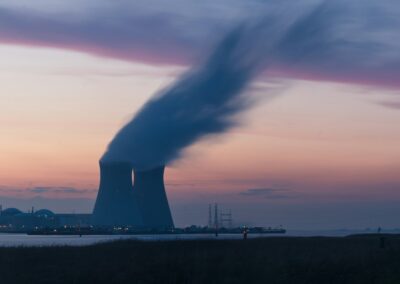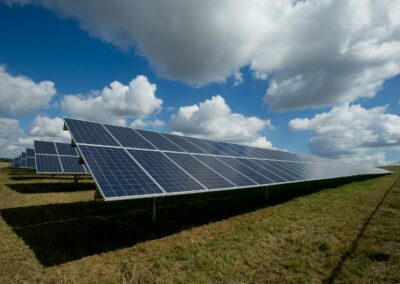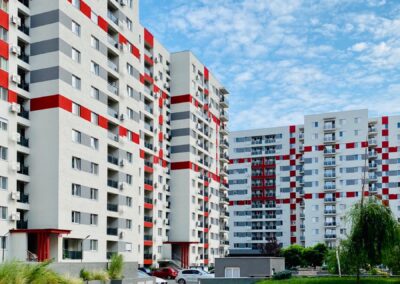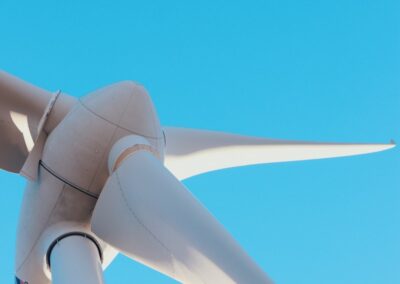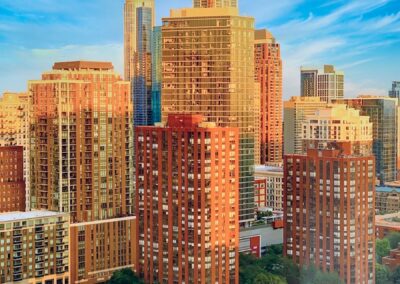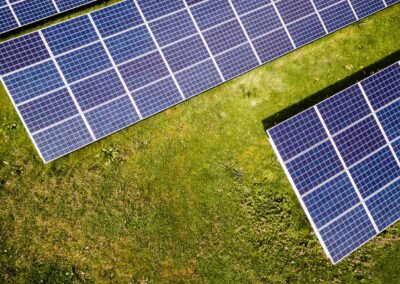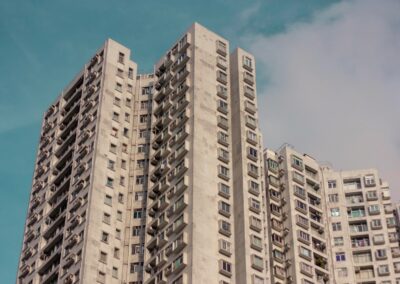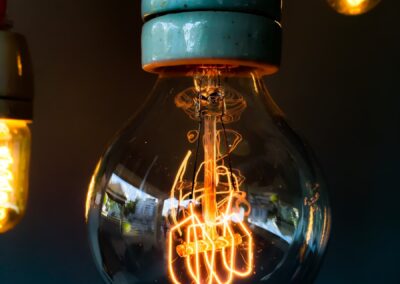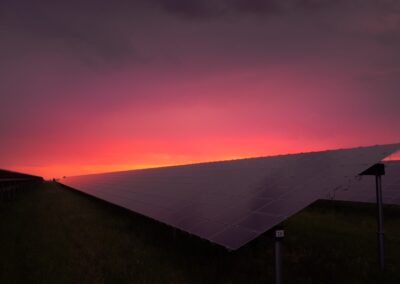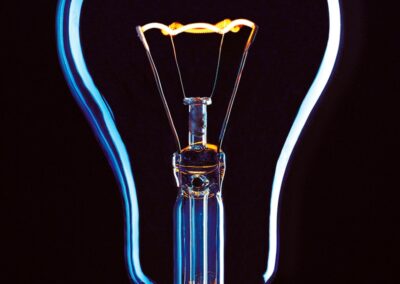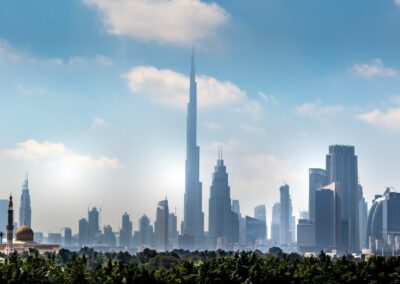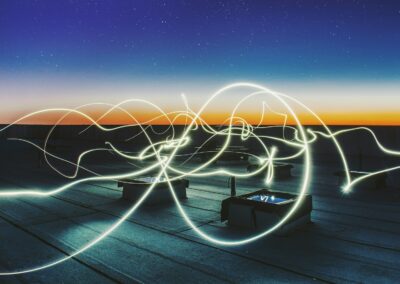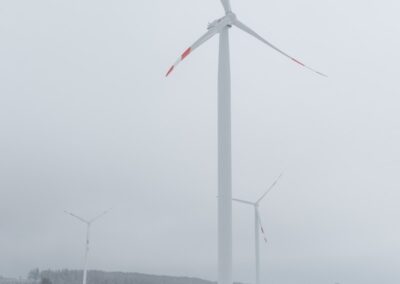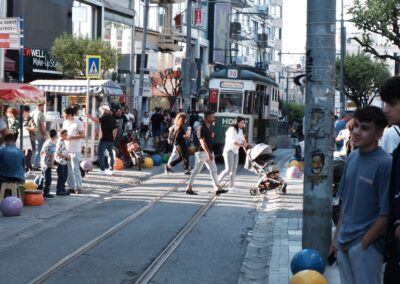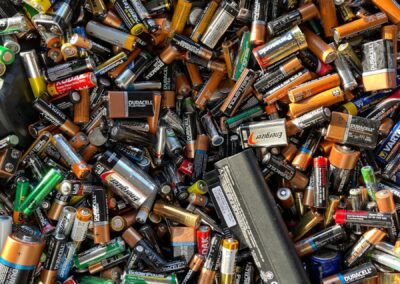Integrating Water-Saving Technologies in High-Rise Buildings
Revolutionizing Urban Sustainability with Smart Water Management
Energy-efficient high-rise buildings with water-saving technologies are at the forefront of sustainable urban development, particularly in rapidly growing cities like Riyadh and Dubai. These innovative structures not only reduce energy consumption but also integrate advanced water-saving technologies to enhance overall sustainability. In regions where water scarcity is a critical issue, such as Saudi Arabia and the UAE, the adoption of water-efficient practices in high-rise buildings is essential for sustainable growth.
In Riyadh, the Vision 2030 initiative emphasizes the need for sustainable urban development, promoting the construction of energy-efficient buildings that incorporate water-saving technologies. These buildings utilize state-of-the-art systems to minimize water usage and waste. For instance, greywater recycling systems collect and treat wastewater from sinks, showers, and laundry, which can then be reused for irrigation and toilet flushing. Additionally, rainwater harvesting systems capture and store rainwater for non-potable uses, reducing the demand on municipal water supplies. These technologies not only conserve water but also reduce the energy required for water treatment and distribution, contributing to the city’s sustainability goals.
Dubai, known for its futuristic skyline and commitment to sustainability, is also leading the way in integrating water-saving technologies into high-rise buildings. The city’s ambitious green building standards mandate the use of water-efficient fixtures, such as low-flow faucets and dual-flush toilets, in new constructions. Smart irrigation systems, which use sensors and weather data to optimize watering schedules, are increasingly being used to maintain green spaces in and around high-rise buildings. These practices ensure that Dubai’s iconic skyscrapers are not only energy-efficient but also water-wise, setting a global benchmark for sustainable urban development.
Economic and Environmental Benefits of Water-Efficient Buildings
The economic and environmental benefits of energy-efficient high-rise buildings with water-saving technologies are substantial. These buildings not only reduce operational costs for businesses and residents but also contribute to environmental conservation, making them a key component of sustainable urban development in Saudi Arabia and the UAE.
In Riyadh, the adoption of water-saving technologies in high-rise buildings translates into significant cost savings. By reducing water consumption, building owners and occupants can lower their utility bills and decrease their reliance on municipal water supplies. This is particularly important in arid regions where water costs are high. Additionally, energy-efficient buildings with water-saving technologies often qualify for incentives and rebates from government programs aimed at promoting sustainability. These financial benefits make investing in green buildings an attractive proposition for businesses and developers in Riyadh.
Dubai’s focus on sustainable urban development is driven by both economic and environmental considerations. The city’s energy-efficient high-rise buildings with water-saving technologies help to mitigate the environmental impact of urbanization. By conserving water and reducing energy use, these buildings contribute to the reduction of greenhouse gas emissions and the preservation of natural resources. Furthermore, the use of sustainable building practices enhances Dubai’s reputation as a global leader in innovation and sustainability, attracting businesses and tourists who value eco-friendly environments. The economic and environmental benefits of green buildings support Dubai’s vision of a sustainable and prosperous future.
Innovative Water-Saving Technologies and Practices
The integration of innovative water-saving technologies and practices in energy-efficient high-rise buildings is transforming the landscape of urban sustainability. In Riyadh and Dubai, cutting-edge solutions are being implemented to optimize water use and enhance the sustainability of high-rise developments.
In Riyadh, advanced technologies such as smart water meters and leak detection systems are being used to monitor and manage water usage in high-rise buildings. These systems provide real-time data on water consumption, allowing building managers to identify and address inefficiencies. Smart water meters can detect leaks and irregularities in the water supply, enabling prompt repairs and reducing water waste. Additionally, the use of drought-tolerant landscaping and native plants in building design helps to minimize water requirements for irrigation, further enhancing sustainability.
Dubai’s approach to integrating water-saving technologies in high-rise buildings includes the use of automated water management systems. These systems utilize sensors and artificial intelligence to monitor water usage and optimize distribution. For example, smart irrigation systems use soil moisture sensors to determine the optimal watering schedule for landscapes, ensuring that plants receive the right amount of water without wastage. Greywater recycling systems are also being increasingly adopted, allowing buildings to reuse water for non-potable purposes such as flushing toilets and irrigating gardens. These innovative practices are setting new standards for water efficiency in urban development.
Leadership and Management in Sustainable Building Projects
Strategic Leadership for Sustainable Urban Development
Effective leadership is essential for the successful implementation of energy-efficient high-rise buildings with water-saving technologies. In Saudi Arabia and the UAE, leaders in both the public and private sectors are driving initiatives to promote sustainable building practices and integrate water-saving technologies into urban development projects.
In Riyadh, leaders are championing sustainable urban development as part of the Vision 2030 initiative. This involves setting ambitious goals for energy efficiency and water conservation in new construction projects. Strategic leadership entails fostering collaboration between government agencies, developers, and environmental experts to ensure that sustainability targets are met. By promoting policies that incentivize the adoption of water-saving technologies, Riyadh’s leaders are creating an environment conducive to sustainable development. Effective leadership also involves educating the public and stakeholders about the benefits of green buildings, ensuring widespread support for sustainability initiatives.
Dubai’s leadership in sustainable urban development is characterized by its commitment to innovation and excellence. The city’s leaders are actively promoting green building practices through incentives, regulations, and public awareness campaigns. This includes providing support for research and development in sustainable technologies and encouraging private sector investment in green projects. Effective leadership also involves engaging the community and stakeholders to ensure that sustainability initiatives are inclusive and beneficial to all. By demonstrating strong leadership and management capabilities, Dubai’s leaders are setting a global standard for sustainable urban development.
Management Skills for Green Building Projects
Implementing energy-efficient high-rise buildings with water-saving technologies requires robust management skills. In Saudi Arabia and the UAE, project managers play a crucial role in overseeing the planning, execution, and maintenance of sustainable building projects.
In Riyadh, project managers are responsible for coordinating the various aspects of green building projects, from design and construction to operation and maintenance. This involves working closely with architects, engineers, and sustainability experts to ensure that water-saving technologies are integrated effectively. Project managers must also navigate regulatory requirements and secure necessary approvals for green building initiatives. Effective management skills are essential to ensure that projects are completed on time, within budget, and to the highest standards of sustainability.
Dubai’s project management community is also embracing the challenges of sustainable building projects. The city’s project managers are skilled in utilizing advanced project management tools and techniques to plan and execute green building initiatives. This includes the use of Building Information Modeling (BIM) to optimize the design and construction process, ensuring that water-saving technologies are incorporated efficiently. Additionally, project managers in Dubai are adept at stakeholder engagement, ensuring that all parties involved in the project are aligned with sustainability goals. By demonstrating effective management skills, Dubai’s project managers are driving the successful implementation of green building projects.
Future Prospects and Ethical Considerations
The future prospects of energy-efficient high-rise buildings with water-saving technologies are promising, but they also come with ethical considerations that must be addressed. In Saudi Arabia and the UAE, ensuring that sustainable building practices are implemented responsibly and equitably is a priority for both policymakers and practitioners.
In Riyadh, ethical frameworks are being developed to guide the integration of water-saving technologies into urban development. These frameworks emphasize the importance of accessibility, ensuring that all residents can benefit from the environmental and health advantages of green buildings. Additionally, ethical considerations include the use of sustainable materials and practices that minimize environmental impact. By addressing these ethical issues, Riyadh aims to create a sustainable urban environment that promotes equity and sustainability.
Dubai’s approach to ethical green architecture involves fostering public engagement and transparency. The city is promoting discussions and initiatives that address the social and environmental implications of water-saving technologies. This includes ensuring that green projects are inclusive and provide benefits to all community members. Public awareness campaigns are also being conducted to educate residents about the importance of sustainable building practices and encourage their participation in sustainability efforts. By prioritizing ethical considerations, Dubai is setting a standard for responsible and inclusive green urban development.
Conclusion: Embracing Sustainable Building Practices for a Better Future
Energy-efficient high-rise buildings with water-saving technologies are essential for creating sustainable and livable urban environments. In Saudi Arabia and the UAE, these innovative structures are enhancing urban sustainability by reducing energy consumption and conserving water. By addressing the environmental, economic, and ethical implications of green architecture, these countries are leading the way in sustainable urban development.
As the benefits of water-saving technologies become increasingly evident, their integration into high-rise buildings will continue to grow. By embracing sustainable building practices and promoting innovation, Saudi Arabia and the UAE are setting an example for the global community. The ongoing investment in green projects and the commitment to ethical and inclusive practices ensure that these countries remain at the forefront of sustainable urban development, ready to navigate the challenges and opportunities of the future.
#EnergyEfficientBuildings #WaterSavingTechnologies #SustainableUrbanDevelopment #GreenArchitecture #CityLivability #SaudiArabia #UAE #Riyadh #Dubai #ModernTechnology #BusinessSuccess



